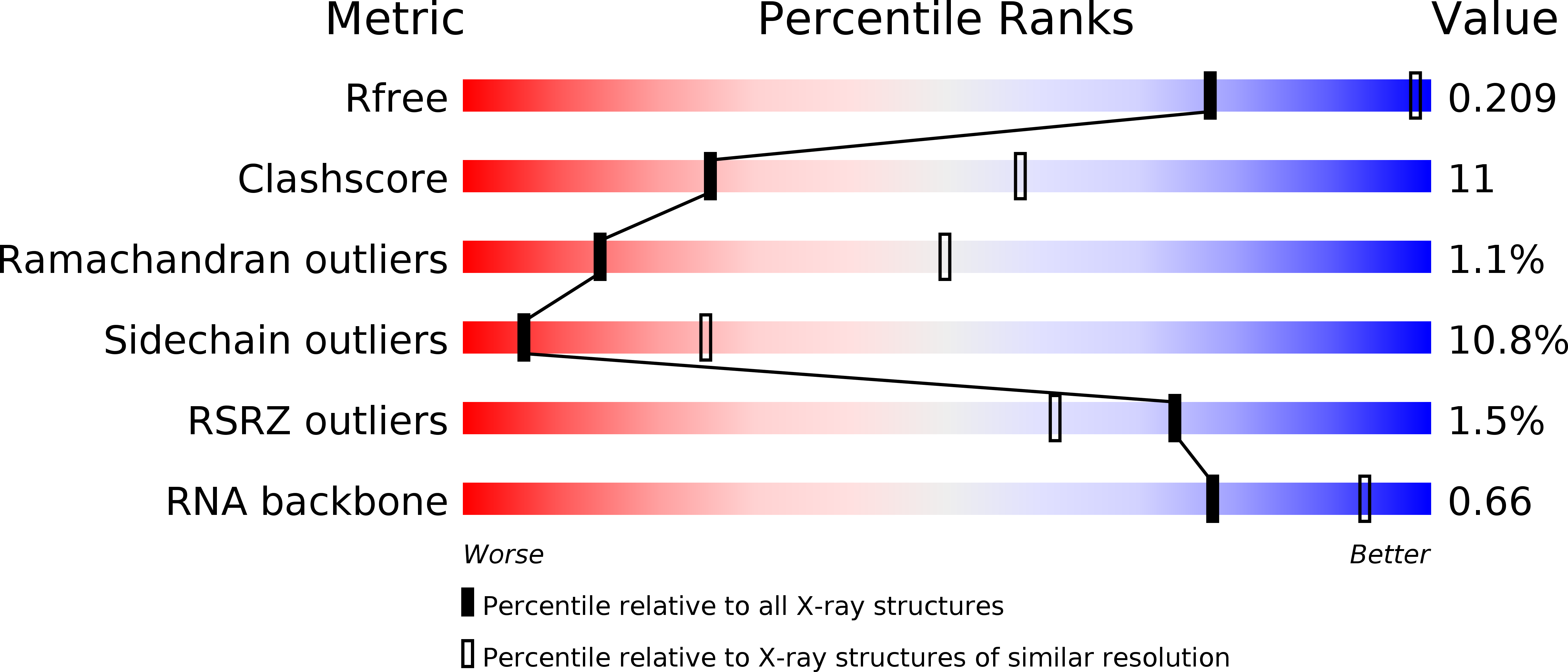
Deposition Date
2012-05-07
Release Date
2012-06-13
Last Version Date
2024-02-28
Entry Detail
PDB ID:
4F1N
Keywords:
Title:
Crystal structure of Kluyveromyces polysporus Argonaute with a guide RNA
Biological Source:
Source Organism:
Vanderwaltozyma polyspora (Taxon ID: 436907)
Host Organism:
Method Details:
Experimental Method:
Resolution:
3.19 Å
R-Value Free:
0.21
R-Value Work:
0.16
R-Value Observed:
0.17
Space Group:
P 32


